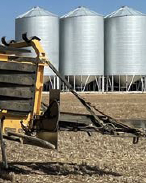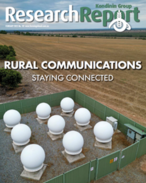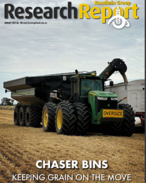Table 2.1 summarises the current scope of carbon farming under the ERF. The ERF divides carbon farming into two broad types of activities: emissions avoidance (reduction or elimination) activities and sequestration activities.
Table 2.1: The current scope of carbon farming in Australia |
|||
Category |
Description |
||
Agricultural emissions
|
Avoid emissions of:
|
||
Introduced animal
|
Avoid emissions of:
|
||
Sequestration offsets
|
Remove CO2 from the atmosphere by:
|
||
Note: Under the current CFI legislation, carbon farming also includes emissions avoidance from legacy landfill facilities. While formally included under the CFI, this is not relevant to farmers and so is not covered in this manual.
|
|||
Explore the full Workshop Manual: The business case for carbon farming: improving your farm’s sustainability (January 2021)
Read the report
RESEARCH REPORTS
1. Introduction: background to the business case
This chapter lays out the basic background and groundwork of the manual
RESEARCH REPORTS
1.2 Being clear about the reasons for participating
Introduction: background to the business case
RESEARCH REPORTS
1.4 Working through the business case for carbon farming
Introduction: background to the business case
RESEARCH REPORTS
1.5 Factors determining project economics
Introduction: background to the business case
RESEARCH REPORTS
1.8 Important features of the business case
Introduction: background to the business case
RESEARCH REPORTS
2. How carbon is farmed under the ERF
This chapter considers in detail the activities that constitute carbon farming
RESEARCH REPORTS
2.5 Carbon farming under the Emissions Reduction Fund
How carbon is farmed under the ERF
RESEARCH REPORTS
3. The policy context and the price of ACCUs
This chapter takes a broad look at the policy context for carbon farming






















